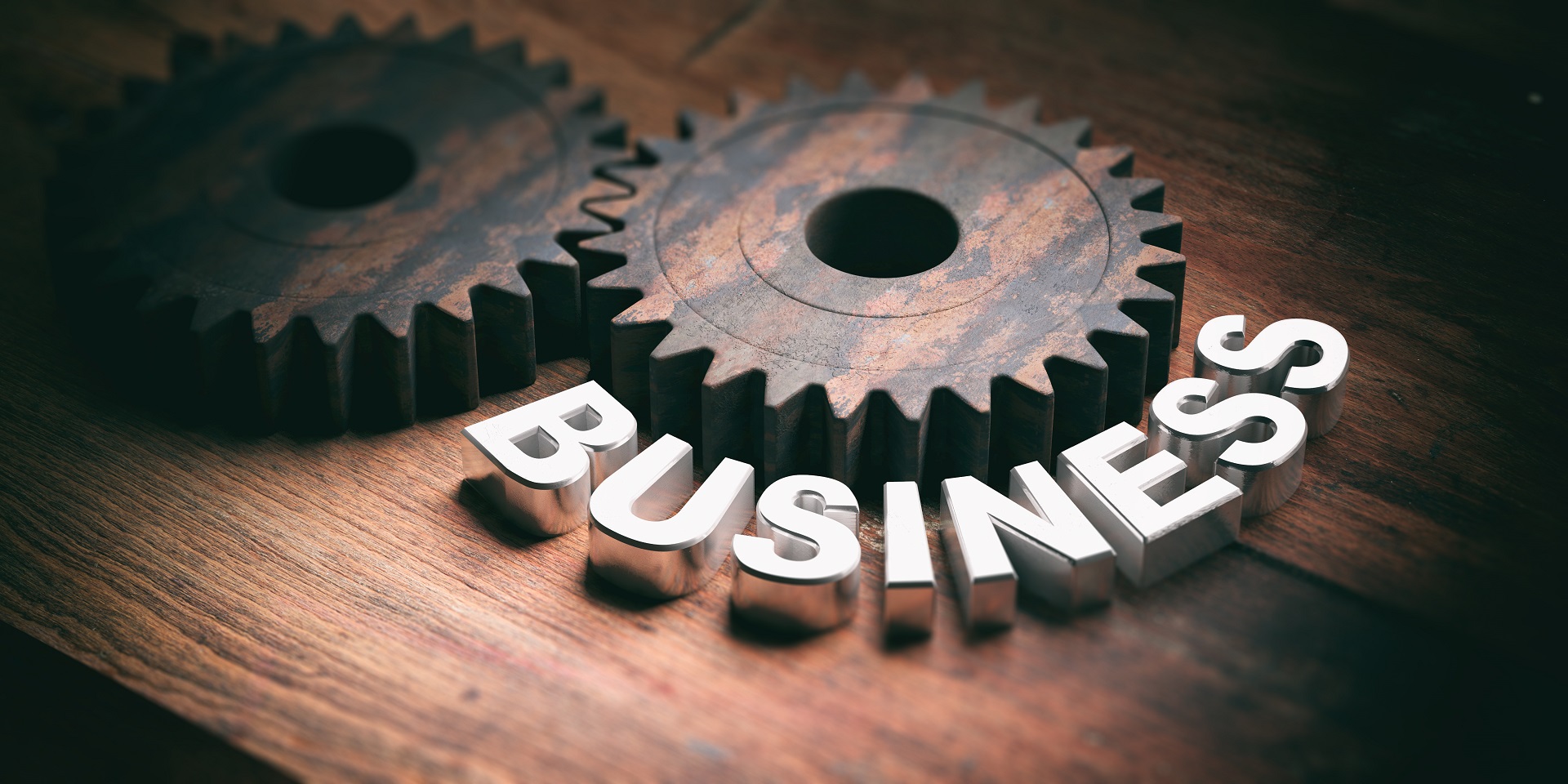Small and medium-sized businesses (SMBs) rely on equipment to operate efficiently and profitably. Whether it’s for manufacturing, construction, healthcare, logging or forestry, restaurant, or printing, having the right tools and machinery is essential for your business to meet customer demand and grow. However, purchasing this equipment can require a significant investment, which can create a difficult situation for startups or businesses with limited capital and for SMB owners with blemishes on their credit reports. Equipment financing provides a workable solution to this problem by allowing business owners to spread the cost of their equipment purchases over time.
What is Equipment Financing?
Equipment financing is a type of loan that businesses use to purchase equipment. The loan amount is typically based on the equipment’s value, and the equipment serves as collateral for the loan. The lender retains ownership of the equipment until the loan is paid in full, and if the borrower defaults on the loan, the lender has the right to repossess the equipment. In other words, equipment financing works in the business world just as it does on the consumer side, say for purchasing homes and cars.
Equipment financing can be beneficial for a business owner because it allows you to acquire the equipment you need without having to pay for it upfront. It also helps business owners manage cash flow by spreading the payments over time, letting you to use your cash reserves for other business expenses. And, of course ideally, the profits gained from additional business gained or products or services sold from having the equipment more than covers the equipment financing payment.
Three Most Common Types of Equipment Financing
There are three common types of equipment financing available to SMBs, more times than not, one will fit your business, budget and needs.
1. Equipment Leasing
Equipment leasing is a popular option for business owners who need equipment, but don’t want to or can’t purchase it outright. With a lease, the business pays to use the equipment for a set period. At the end of the lease term, the business can choose to purchase the equipment, return it or lease new equipment.
Equipment leasing is an attractive option for business owners who need to upgrade equipment frequently or for those that have seasonal or fluctuating cash flow. Leases often require lower monthly payments than loans, and the business can deduct the lease payments as a business expense on its taxes.
2. Equipment Loans
Equipment loans are another option for businesses that need to purchase equipment. With a loan, the business borrows money from a lender to purchase the equipment outright. The loan term can range from one to ten years, and the interest rate is typically fixed.
Equipment loans can be a smart choice for business owners who want to own their equipment outright or have a long-term need for the equipment. Loans typically have lower interest rates than leases, and the interest payments can be deducted as a business expense on the company’s taxes.
3. Sale-Leaseback
A sale-leaseback is an option for businesses that already own equipment. With a sale-leaseback, the business sells the equipment to a lender and then leases it back. This can open cash flow for a business owner while still allowing you to use the equipment.
Sale-leaseback financing can be beneficial for businesses that need to free up cash quickly or want to use the equity in their equipment to finance other expenses. For many business owners, the better option is to finance the equipment in the first place rather than purchase outright, constrict cash flow and do a sale-leaseback later. Why? Sale-lease backs are very challenging to arrange and can be expensive. You have already paid for the equipment, including sales taxes. If you do a sale-leaseback, often the lender will want to have an appraisal completed. This is typically at your expense. Additionally, the lender often will advance a percent of the forced liquidation value, not the full price you originally paid. Finally, often the payment stream is subject to sales taxes—a double whammy on your tax obligation since you paid taxes on it once already.
How to Secure Equipment Financing in Six Steps
Securing equipment financing can be an easier, straightforward process if you follow these steps:
1. Determine Your Equipment Needs
Before applying for financing, determine what equipment your business needs and how much it will cost. This will help you determine what type of financing to pursue and how much money you need to borrow.
2. Check Your Credit
Lenders will look at your credit history to determine if you are a good candidate for financing. Check your credit score and report before applying to ensure there are no errors or issues that need to be resolved.
Don’t think because your credit history isn’t perfect that you’re locked out of the equipment financing market. Seek out direct lenders like Global Financing & Leasing Services (GFLS), who specialize in financing equipment for SMB owners with less-than-perfect credit.
LEARN MORE: Can I Finance Equipment with a 640 Credit Score?
3. Shop Around
Different lenders offer different rates and terms. Shop around to find a lender that offers competitive rates and terms that work for your business. Some lenders specialize in equipment financing, while others offer it as part of their broader suite of business loans.
GFLS was created to meet the equipment financing needs of small to mid-sized businesses all over the United States. Our team provides equipment financing solutions for a wide range of companies and a wide range of credits.
4. Prepare Your Financial Statements
Lenders will want to see your business’s financial statements, including your income statement, balance sheet and cash flow statement. Make sure these documents are up to date and accurate.
LEARN MORE: What Lenders Look for on Credit Reports
5. Gather Your Equipment Information
Lenders will also want information about the equipment you plan to purchase, including its value and condition. Be prepared to provide detailed information about the equipment and any maintenance or repair history. Also, be aware of any soft costs associated with the equipment, some of which may be included in your loan.
LEARN MORE: What are the Soft Costs of Financing Business Equipment?
6. Apply for Financing
Once you have selected a lender, submit your application and be ready to supply all the necessary and requested documentation. The lender will review your application and decide based on your creditworthiness and the equipment’s value.
At this point, the fact that you shopped around really becomes important. Applying for equipment financing with a lender who is truly willing to work with you can make the difference between being approved and denied.
Equipment Financing is a Powerful Tool to Grow Your Business
Equipment financing is a valuable tool for SMBs looking to purchase the equipment you need to operate and grow. With the variety of options available, businesses can choose the type of financing that best fits their needs and budget.
GFLS is an established direct lender with the unique ability to finance almost any business seeking to acquire equipment. With our in-house funds and relationships with over 200 private label and public banks we have the ability to help those businesses who have been turned down by the banks. Prior bankruptcy, student loans, tax liens, bad credit, we work with it all. If you have any questions, please get in touch.



